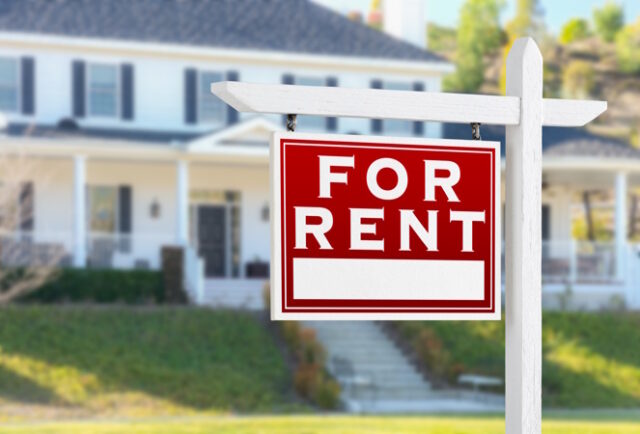
Apartment rents have increased slightly for the past few months, as the seasonally stronger spring activity kicks in. But in March they were only up 2.6% from March of 2022.
That’s the smallest annual gain since April 2021, according to Apartment List. And, after last year’s record-setting pace, rent growth is now slightly below the pre-pandemic average of 2.8%. Some markets, such as San Francisco, are falling at a bigger rate.
Over 917,000 apartment units were under construction across the U.S. at the end of last year, which will increase the nation’s existing apartment base by 4.9%, according to RealPage Market Analytics. This is the highest number of units under construction since the early 1970s.
“Even if demand continues to strengthen, a robust supply of new inventory hitting the market this year should keep prices in check. It looks like 2023 is shaping to be a year of modest positive rent growth,” researchers at Apartment List noted in the report.
Markets seeing the biggest rent jumps compared with a year ago were mostly in the Midwest, with Chicago, Indianapolis, Cincinnati and Louisville all up 6%. Boston rents rounded out the top 5, also up 6%.
Several major cities are seeing rents decline. Phoenix and Las Vegas rents were down 3% year over year, and San Francisco dropped 1%.
Of the 20 major markets tracked by CoreLogic, Orlando, Florida, had the highest rent gain from a year ago at 8.9%, but that is down from its latest peak of 25% annual growth in April 2022. Miami was seeing 39% annual growth last January, but that’s down to about 7% this year.
“While rent growth is slowing at all tracked price tiers, declines for the lowest-cost rentals are not as significant, which raises affordability concerns. Annual rent growth for lower-tier properties was about three times the pre-pandemic rate, while gains in the highest tier were nearly one-and-a-half times during the same period,” Molly Boesel, principal economist at CoreLogic.
This article originally appeared here and was republished with permission.












